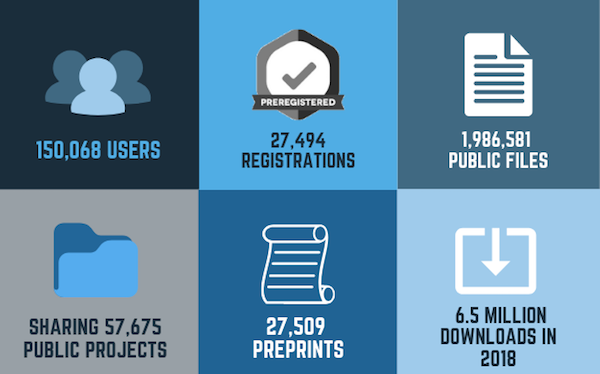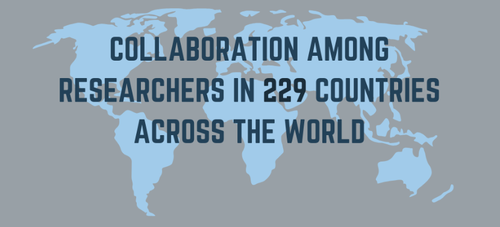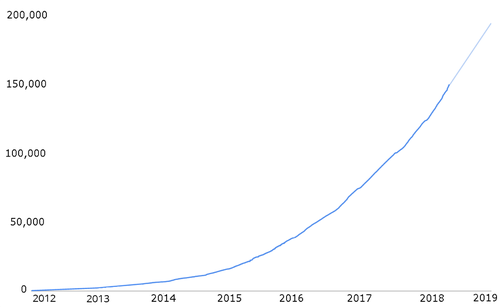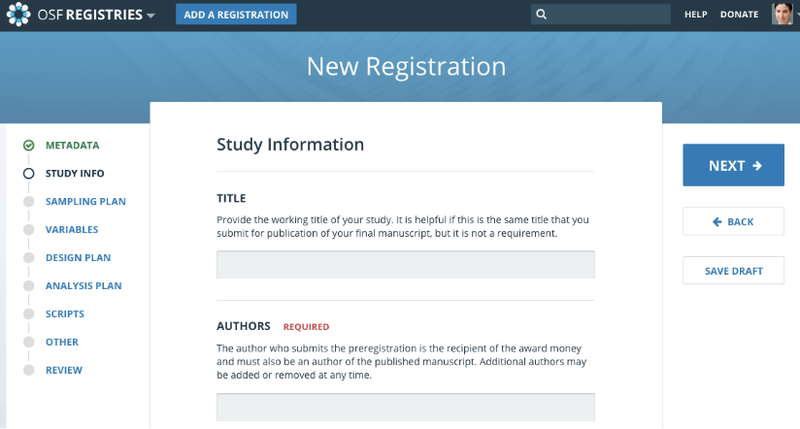
Over 150,000 users have joined OSF, a milestone on the journey towards open and reproducible research. This provides an opportunity to thank many who have contributed to this progress, and to highlight some of the things coming next.
In early 2013, OSF was a self-funded lab project with just 371 users. But, with support from the Laura and John Arnold Foundation (now Arnold Ventures), we spun out OSF into a non-profit called the Center for Open Science with a mission: to increase the openness, integrity, and reproducibility of research. We committed ourselves to building public goods infrastructure for researchers looking to increase the rigor, transparency, and reproducibility of their research. Over the past 6 years, we’ve developed and improved OSF to meet more researchers’ needs for collaborating and sharing their work. Those 371 users grew to 6,700 by the end of 2014, doubled to 13,700 by 2016, and reached 100,000 users in 2018. It took 4 years to get the first 50,000 users; it took 10 months to get the latest 50,000 users.
Stuart Buck, Arnold Ventures Vice President of Research, notes, “As the initial funder of the Center for Open Science and OSF, we are extraordinarily proud to see how far they’ve come in the past six years, not the least because this is such a strong sign that open science practices have been spreading. At Arnold Ventures, we ourselves use OSF to provide transparency into the external research that we fund, and we look forward to its continued growth and usage.”
COS couldn’t deliver OSF without the generous support of our sponsors, partners, and our team. Most importantly, OSF wouldn’t be what it is without our dedicated users, who continually share with us their ideas for improving OSF to make their research process more transparent, robust, and efficient. This is a collaborative effort, combining strengths of researchers from 229 countries around the world.

Felix Schoenbrodt of the Ludwig-Maximilians-Universität München is one such user. "I’ve used the OSF since 2014, and I can’t imagine doing research without it. Then, many collaborators did not know of this platform, and sometimes it took some time to convince them to sign up - but now it’s not a question. My colleagues have embraced OSF, and together we’ve made our research more efficient, more transparent, and more discoverable.”

As our journey continues, OSF will get a facelift this year. Key pages will be redesigned to improve the user experience, make navigation easier, and add exciting new features. Some (highly requested!) features to look forward to:
Additional metadata on files, to comply with FAIR standards
Permissions groups, to make managing large teams on OSF more efficient
Guided submission process for creating preregistrations on OSF, to lower the barrier to preregistering research
To see more about our near and long term product development themes, visit our Public Roadmap.

Development of a new guided submission workflow for preregistering research on OSF is underway.
OSF is free to use, but it’s not free to build or maintain. If you have benefitted from OSF, consider making a donation. Your gift will allow us to continue improving OSF, expanding features, and creating new services to positively impact the scientific community.

6218 Georgia Avenue NW, Suite #1, Unit 3189
Washington, DC 20011
Email: contact@cos.io

Unless otherwise noted, this site is licensed under a Creative Commons Attribution 4.0 International (CC BY 4.0) License.
Responsible stewards of your support
COS has earned top recognition from Charity Navigator and Candid (formerly GuideStar) for our financial transparency and accountability to our mission. COS and the OSF were also awarded SOC2 accreditation in 2023 after an independent assessment of our security and procedures by the American Institute of CPAs (AICPA).
We invite all of our sponsors, partners, and members of the community to learn more about how our organization operates, our impact, our financial performance, and our nonprofit status.